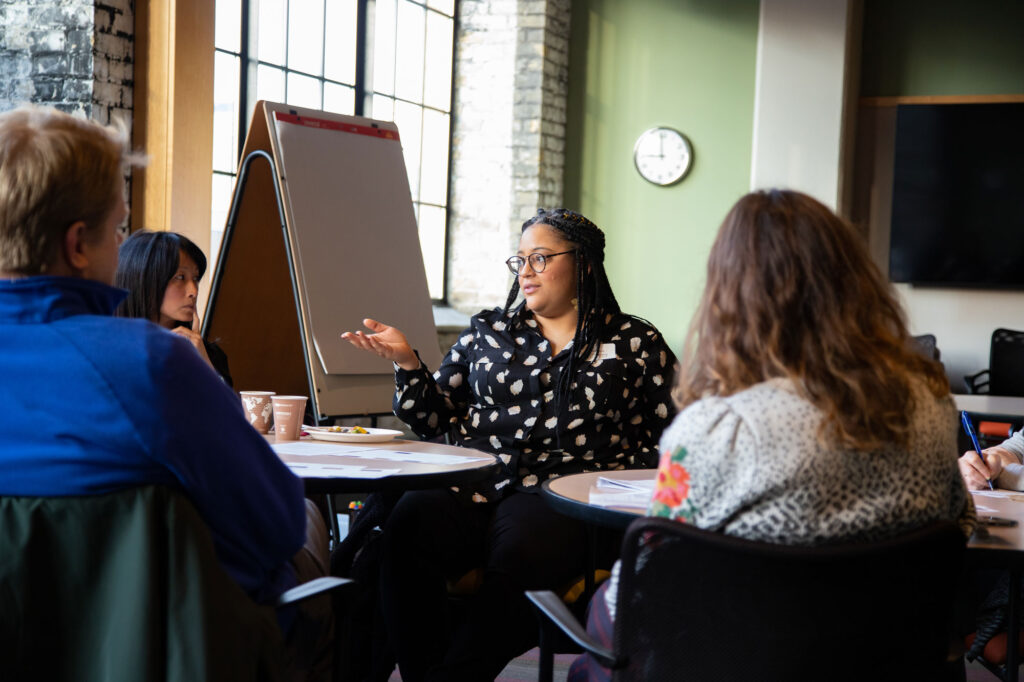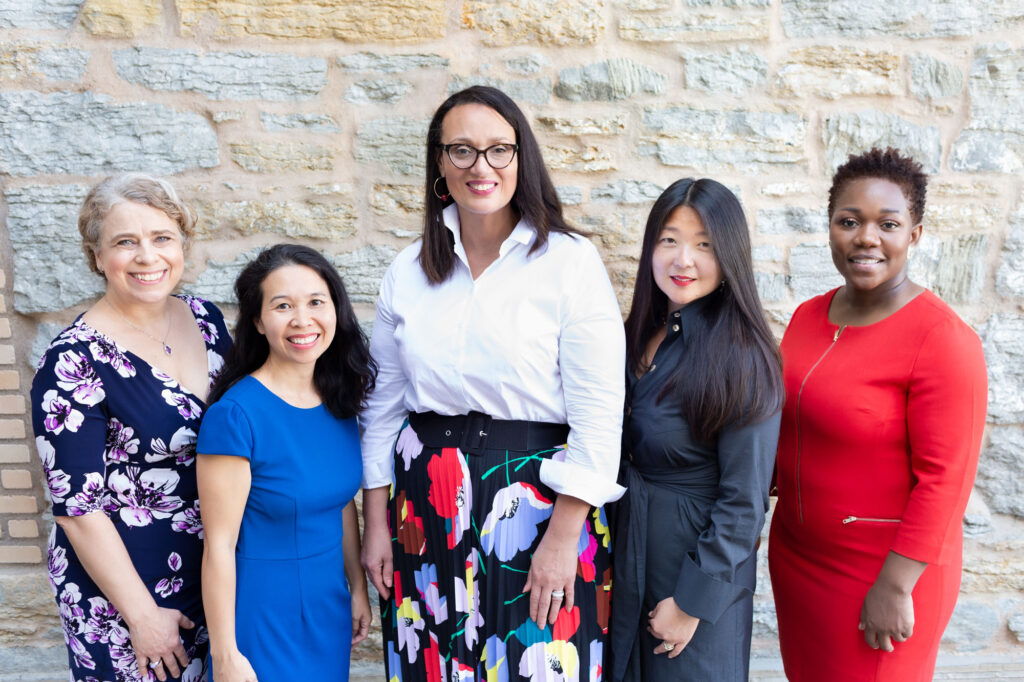Turning Aspiration into Action: A New Report Illustrates Equity in Action at the McKnight Foundation

Before Covid-19, the McKnight Foundation invited grantees and partners to reserve meeting space in its Minneapolis office.
Photo courtesy of the McKnight Foundation.
This article was originally posted by the McKnight Foundation and is re-posted here with permission.
Ever since the McKnight Foundation released the organization’s first diversity, equity, and inclusion (DEI) statement in 2018, our board and staff have held fast to the tenet that we need to back up our words with actions. Aspiration must transform into action because our communities deserve more than good intentions.
A new Equity in Action report documents examples of shifts we’ve taken at the Foundation to tilt toward a more diverse, inclusive, and equity-oriented organization since the DEI statement’s release. In the past three years, McKnight has made changes in how we use our public voice, make grants, invest funds, convene partners, and work with vendors. Our DEI efforts are a work in progress, and while this work has not always followed a smooth or linear path, the Foundation has indeed made progress.
Impact through Multiple Roles
As a private foundation, we’ve long recognized that we can create impact through multiple roles that include—and extend far beyond—grantmaking. These six identities—as identified in the DEI statement—are funder, convenor, thought leader, employer, economic entity, and institutional investor. The Equity in Action report gives examples of action steps we’ve taken in those areas.
Here are a few highlights:
$32 Million for a More Equitable Minnesota. Using an inclusive process, McKnight designed an entirely new program focused on building a more equitable and inclusive Minnesota. With a projected annual grantmaking budget of $32 million starting in 2022, Vibrant & Equitable Communities is one of the largest programs at McKnight. In addition, all of McKnight’s programs—whether addressing climate change, supporting working artists, advancing collaborative crop research, or funding innovative neuroscience research—are committed to embedding equity as a through-line in their grantmaking.
Learn more about the Vibrant & Equitable Communities initiative in this blog post.
Diverse Leadership across the Foundation. As an employer, the organization has dramatically increased the diversity of its senior leaders and program and operations directors. Our board selected Tonya Allen, a longtime champion of equity and inclusion, as president in late 2020. She heads an all-women, majority-BIPOC team with diverse lived experiences. In fact, 10 of the 17 McKnight team members (or 59%) who hold director level positions or above identify as Black, Indigenous, or people of color.

The McKnight Foundation leadership team. Photo by Anna Min, courtesy of the McKnight Foundation
Speaking Up for Justice. As a thought leader, McKnight has increased the use of its public voice to stand in solidarity with our communities, collectively grieve acts of racial violence, and advocate for a more participatory democracy and equitable distribution of federal funds.
The report gives numerous examples of inclusive impact investments, convenings on equity topics, and efforts to pay more attention to the Foundation’s purchasing decisions. It lists small steps as well as strategic questions the Foundation is still navigating.
Aspiration must transform into action because our communities deserve more than good intentions.
Joining Together to Set New Patterns for Equity
In her book Emergent Strategy, activist and organizer adrienne maree brown speaks to what it takes to successfully enact change. Using the analogy of fractals—infinitely complex patterns that are created by repeating a simple process over and over—she encourages advocates to understand that the small, consistent practices impact the large. “What we practice at the small scale sets the pattern for the whole system,” she writes.
While some of the steps featured in the report are modest and nascent, even the smallest of these actions creates new precedents and patterns. We still have much more work to do and more to learn. We know the roots of inequity are deep and structural. We will continue learning, listening, reflecting, and speaking up—with transparency—to advance equity inside and outside the Foundation. Most importantly, we will continue to act.
As more foundations make public commitments to racial equity, we hope all of us reporting our experiences openly will speed up progress and encourage mutual accountability. Together, we can combine our efforts to enact change and move larger systems.
Na Eng is the commuications director at the McKnight Foundation
The views and opinions expressed in individual blog posts are those of the author(s) and do not necessarily reflect the official policy or position of the National Center for Family Philanthropy.
